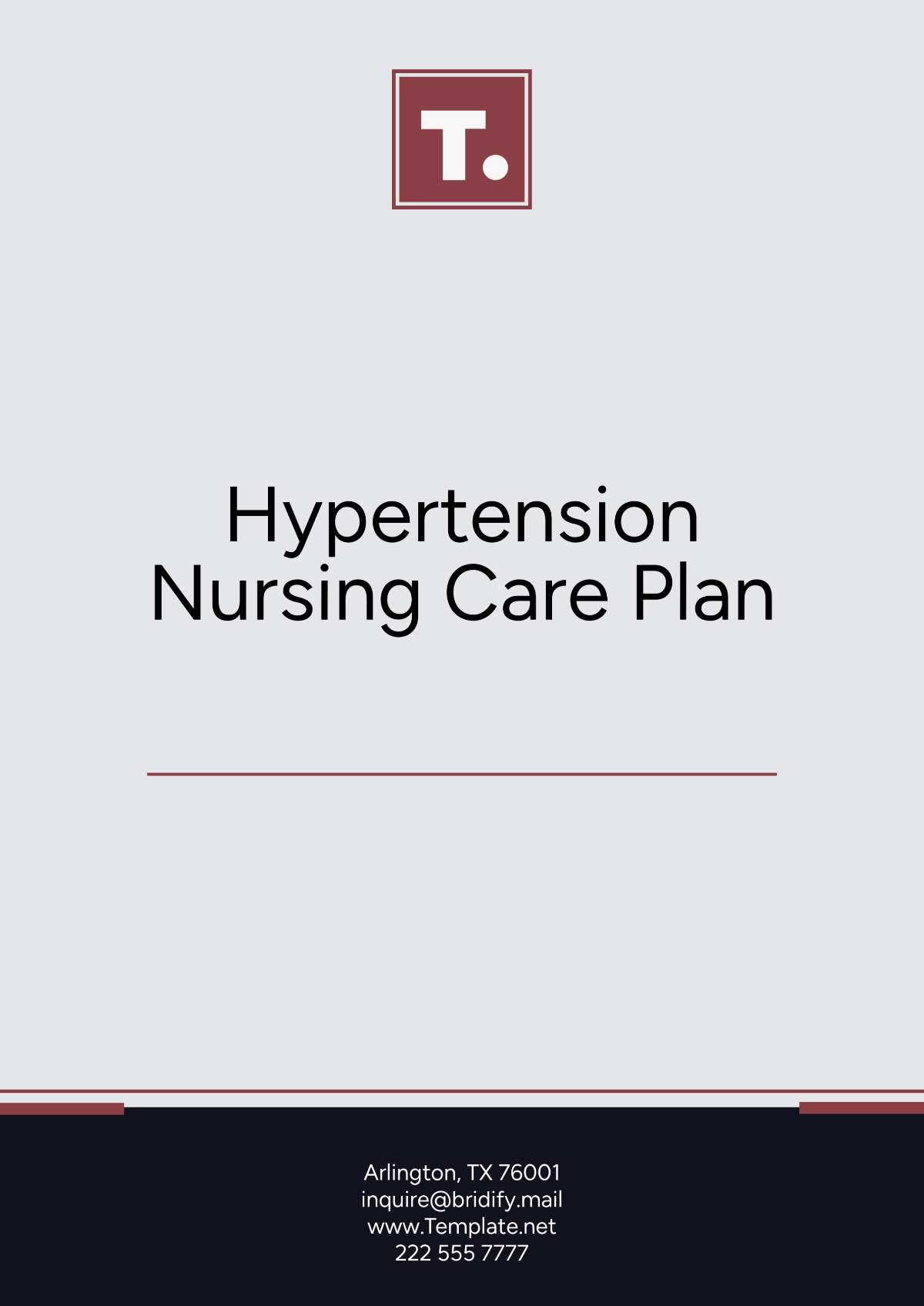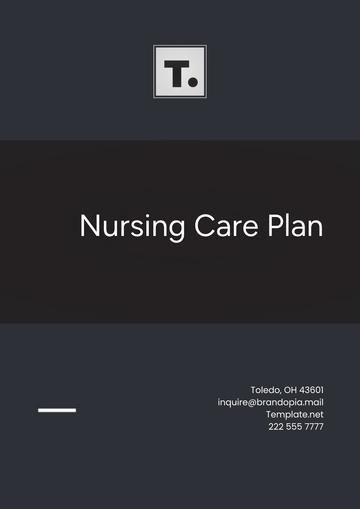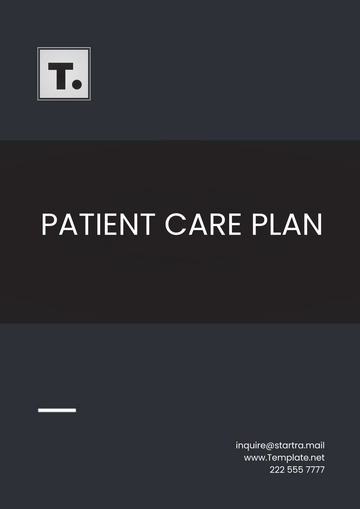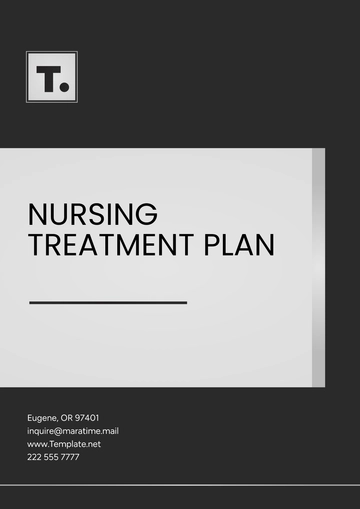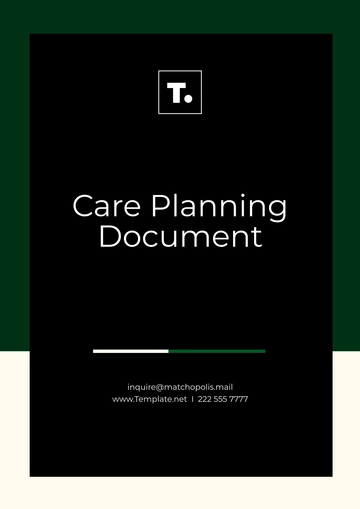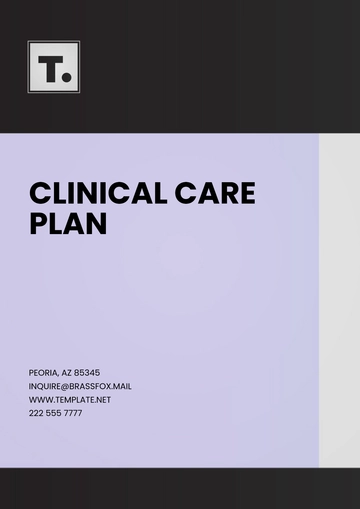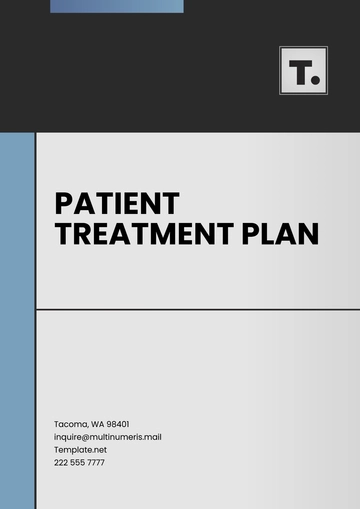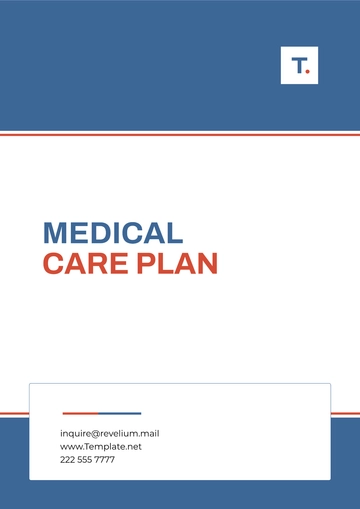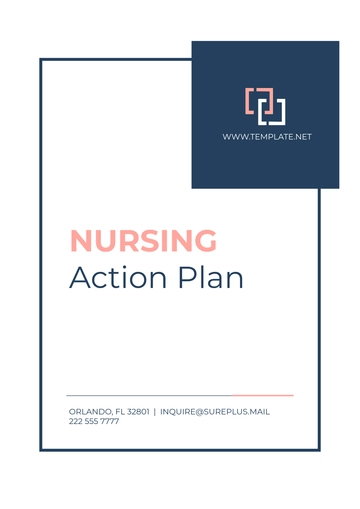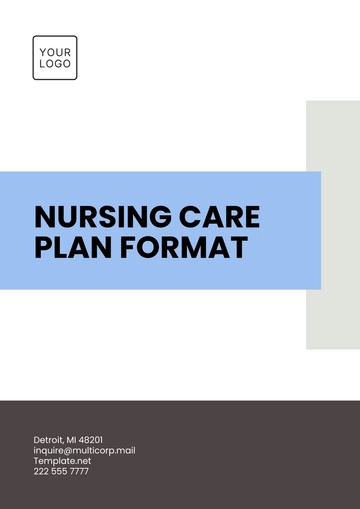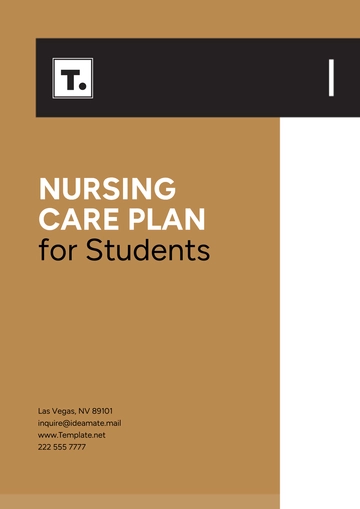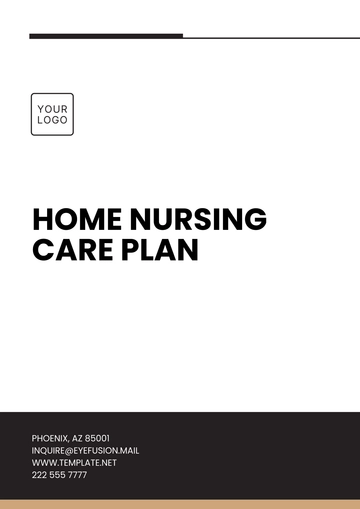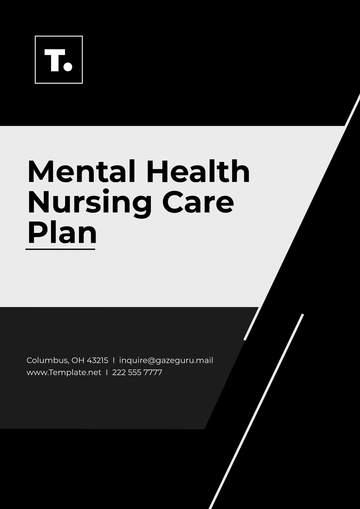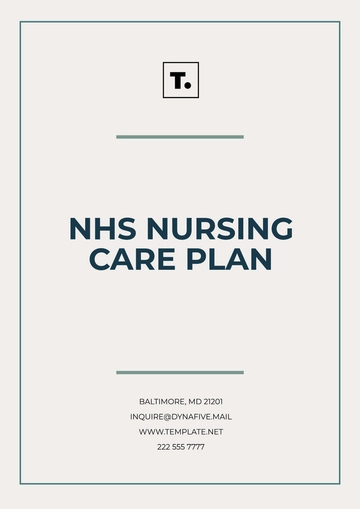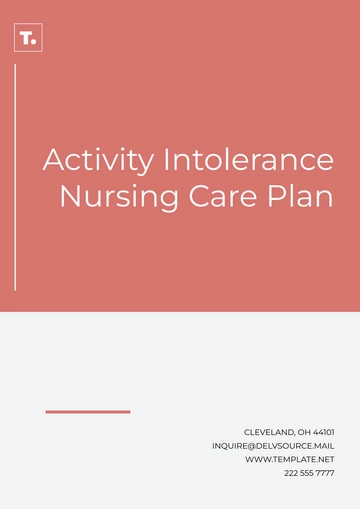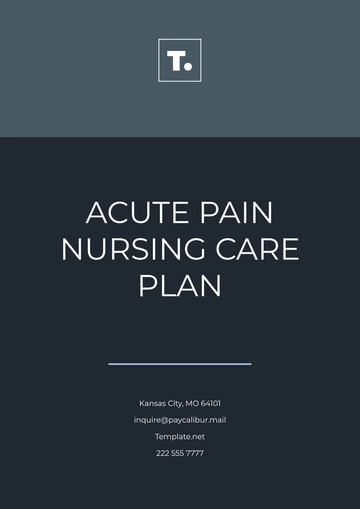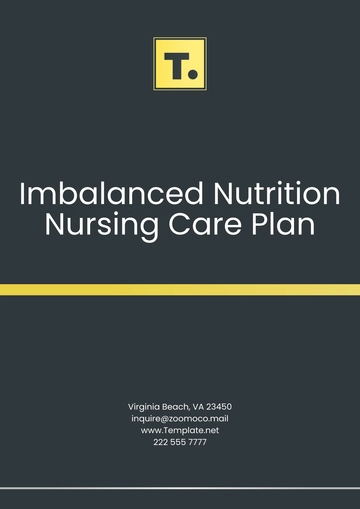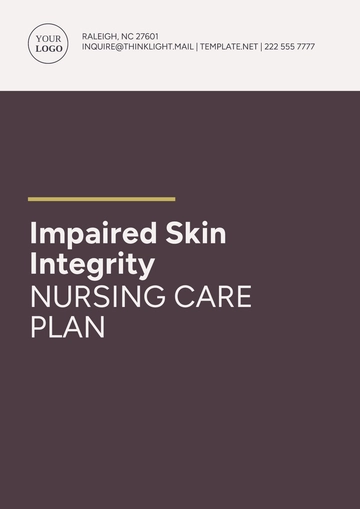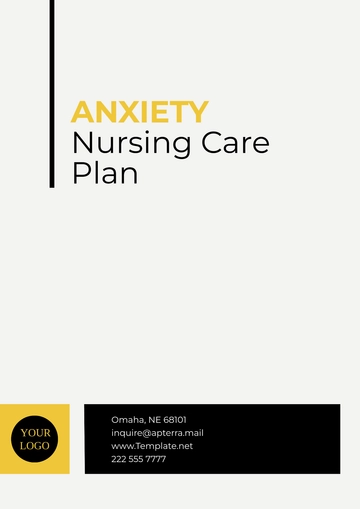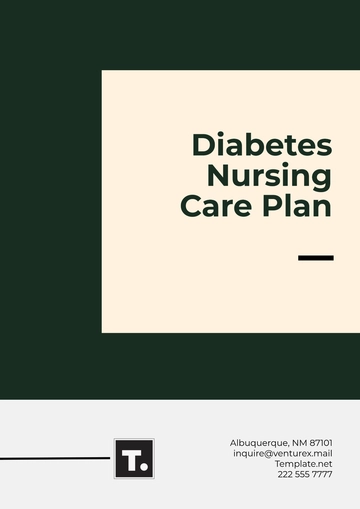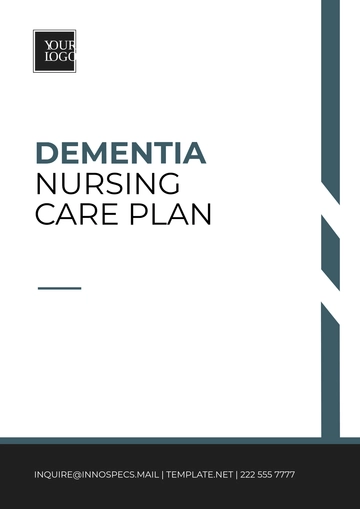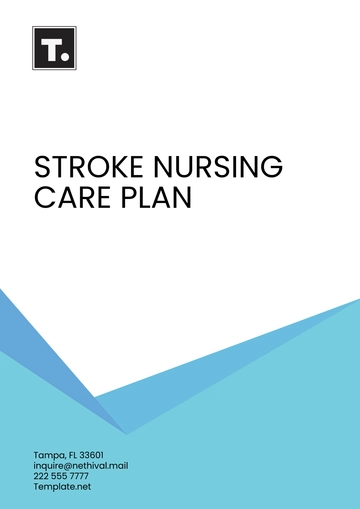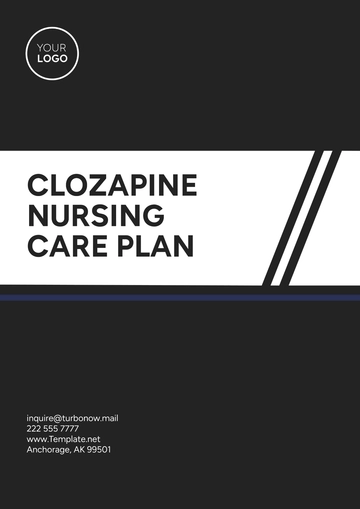Hypertension Nursing Care Plan
Prepared by: [YOUR NAME]
Email: [YOUR EMAIL]
Date: November 12, 2050
Patient Information
Patient Name: Maxwell Mante
Age: 56
Sex: Male
Diagnosis: Hypertension, Stage 2
Medical Record Number: 00123456
Date of Admission: November 10, 2050
Care Plan Review Date: November 17, 2050
Nursing Diagnosis
Primary Diagnosis: Ineffective Health Maintenance related to non-adherence to lifestyle changes and hypertension management as evidenced by elevated blood pressure readings (160/110 mmHg) and poor dietary habits.
Secondary Diagnosis: Risk for Stroke related to uncontrolled hypertension.
Goal(s)
Short-term Goal:
Long-term Goal:
Nursing Interventions
Intervention | Rationale | Expected Outcome |
|---|
Assess vital signs daily, focusing on blood pressure readings. | To monitor the patient's hypertension status and detect changes in condition early. | Blood pressure monitored regularly; changes are addressed promptly. |
Educate patient on proper blood pressure monitoring techniques. | Ensures the patient understands how to monitor their own blood pressure effectively. | Patient will demonstrate accurate blood pressure readings. |
Encourage dietary changes, including low-sodium foods, and educate about DASH diet. | Dietary changes can help reduce blood pressure and improve cardiovascular health. | Patient adheres to low-sodium, DASH diet plan. |
Promote regular physical activity, such as 30 minutes of walking per day. | Regular exercise lowers blood pressure and improves heart health. | Patient begins regular physical activity routine. |
Monitor and assist with medication adherence, specifically antihypertensive medications. | Ensures the patient takes prescribed medications correctly to maintain blood pressure control. | Patient adheres to prescribed medication regimen. |
Patient Education
Medication Management: Explain the importance of adhering to prescribed antihypertensive medications (e.g., Lisinopril 10 mg daily) to control blood pressure.
Dietary Changes: Educate about the DASH diet, emphasizing the importance of reducing sodium intake and increasing potassium-rich foods like bananas and leafy greens.
Physical Activity: Recommend regular exercise, such as walking, cycling, or swimming, for at least 30 minutes, five days a week.
Stress Management: Introduce relaxation techniques like deep breathing exercises, yoga, and mindfulness to reduce stress.
Self-monitoring: Teach the patient how to measure blood pressure using a home blood pressure monitor, ensuring they understand the target range.
Evaluation and Outcome
Goal | Progress/Outcome | Date of Evaluation |
|---|
Achieve a blood pressure of 130/80 mmHg | Patient's blood pressure improved to 138/88 mmHg after 4 weeks of medication adherence and lifestyle changes. | December 10, 2050 |
Demonstrate self-monitoring of blood pressure | Patient successfully demonstrated accurate blood pressure measurement. | November 17, 2050 |
Adherence to dietary changes | Patient reports following a low-sodium diet and increased consumption of fruits and vegetables. | December 10, 2050 |
Engagement in physical activity | Patient began walking for 30 minutes daily, five days per week. | December 10, 2050 |
Plan Templates @ Template.net
